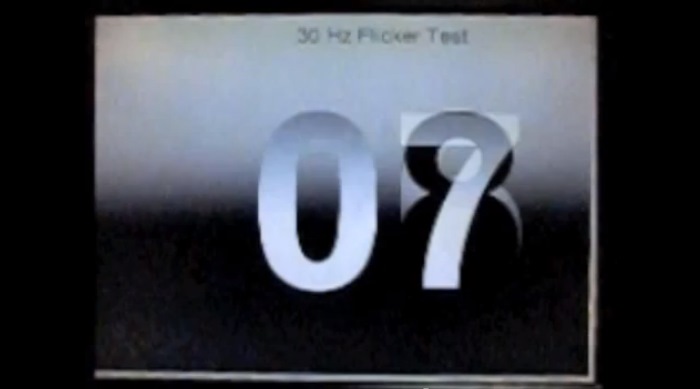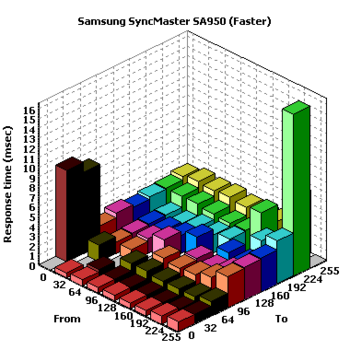Black Octagon
Limp Gawd
- Joined
- Sep 15, 2012
- Messages
- 132
Question for you technically-competent and sexually-irresistible people out there:
To what extent does a monitor REALLY need a sufficiently-low pixel response time in order to make a higher refresh rate 'worth it'?
Longer version:
When discussing 120Hz monitors (especially overclockable IPS ones) I frequently read claims to the effect that "120Hz may be an improvement over 60Hz, but it's not as good as it could be because that panel's pixel response time is too slow to take advantage of 120Hz."
60Hz: 16.67ms per screen redraw
120Hz: 8.33ms per screen redraw
144Hz: 6.94ms per screen redraw
etc.
I interpret this as meaning that your pixel response time needs to be at least as quick as (or ideally, faster than) the time it takes for the screen to redraw. Otherwise, the pixels cannot update their colours quickly enough to for our us to see the benefit of the faster refresh rate.
1) Is this correct?
2) If it is correct, do we really need to apply this rule in terms of true/B2B pixel response time, or does it suffice for the G2G response time to be quicker than the screen redraw time?
3) Since manufacturers typically just declare a G2G and (usually) highly optimistic response time, how can we know the true B2B response time? Are reviews by the likes of PRAD.de using methodology in which we can place a lot of trust?
My current dilemma: I run an Overlord Tempest X270OC overclocked to 120Hz. The pixel response time as declared by the manufacturer is 'equal to or less than 6ms' and I fully expect this to only mean G2G. It 'feels' every bit as snappy in-game at 120fps as things did on my previous 120Hz screen - the TN-based Samsung 950D, whose (GTG) response time was 2ms - but I wonder if things would feel substantively better were the panel capable of a B2B response time less than 8ms.
Thanks in advance for the replies.
To what extent does a monitor REALLY need a sufficiently-low pixel response time in order to make a higher refresh rate 'worth it'?
Longer version:
When discussing 120Hz monitors (especially overclockable IPS ones) I frequently read claims to the effect that "120Hz may be an improvement over 60Hz, but it's not as good as it could be because that panel's pixel response time is too slow to take advantage of 120Hz."
60Hz: 16.67ms per screen redraw
120Hz: 8.33ms per screen redraw
144Hz: 6.94ms per screen redraw
etc.
I interpret this as meaning that your pixel response time needs to be at least as quick as (or ideally, faster than) the time it takes for the screen to redraw. Otherwise, the pixels cannot update their colours quickly enough to for our us to see the benefit of the faster refresh rate.
1) Is this correct?
2) If it is correct, do we really need to apply this rule in terms of true/B2B pixel response time, or does it suffice for the G2G response time to be quicker than the screen redraw time?
3) Since manufacturers typically just declare a G2G and (usually) highly optimistic response time, how can we know the true B2B response time? Are reviews by the likes of PRAD.de using methodology in which we can place a lot of trust?
My current dilemma: I run an Overlord Tempest X270OC overclocked to 120Hz. The pixel response time as declared by the manufacturer is 'equal to or less than 6ms' and I fully expect this to only mean G2G. It 'feels' every bit as snappy in-game at 120fps as things did on my previous 120Hz screen - the TN-based Samsung 950D, whose (GTG) response time was 2ms - but I wonder if things would feel substantively better were the panel capable of a B2B response time less than 8ms.
Thanks in advance for the replies.
![[H]ard|Forum](/styles/hardforum/xenforo/logo_dark.png)


